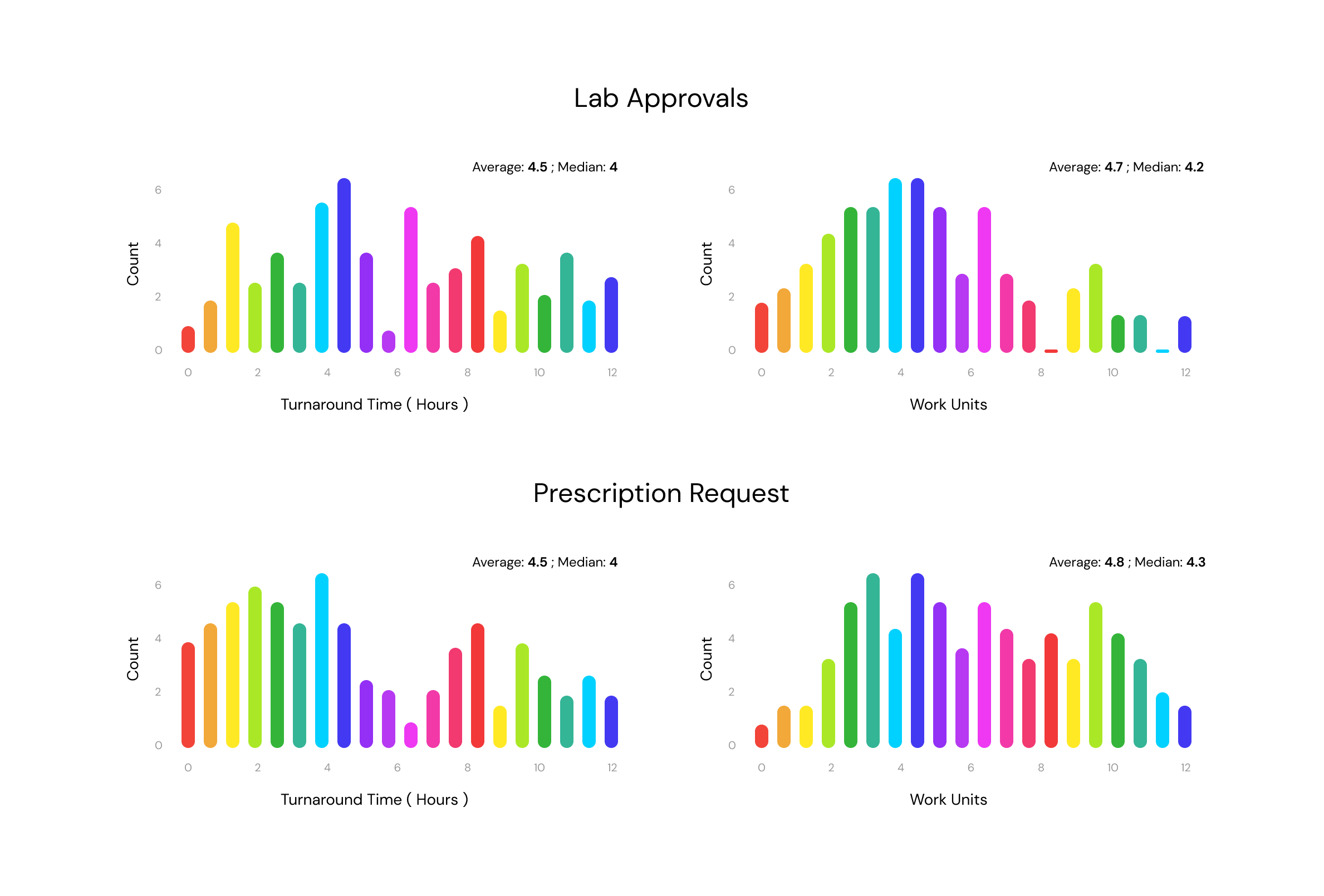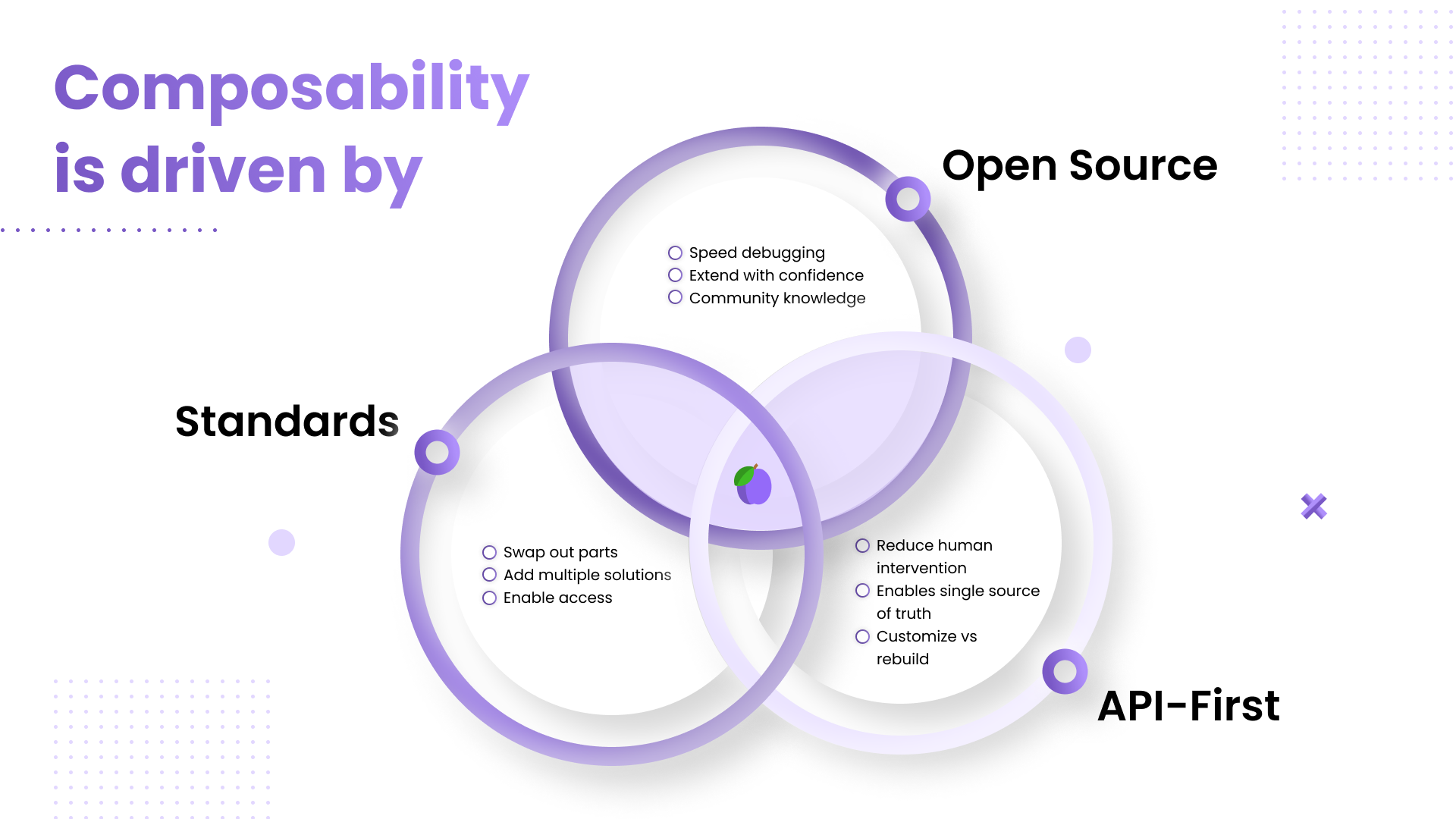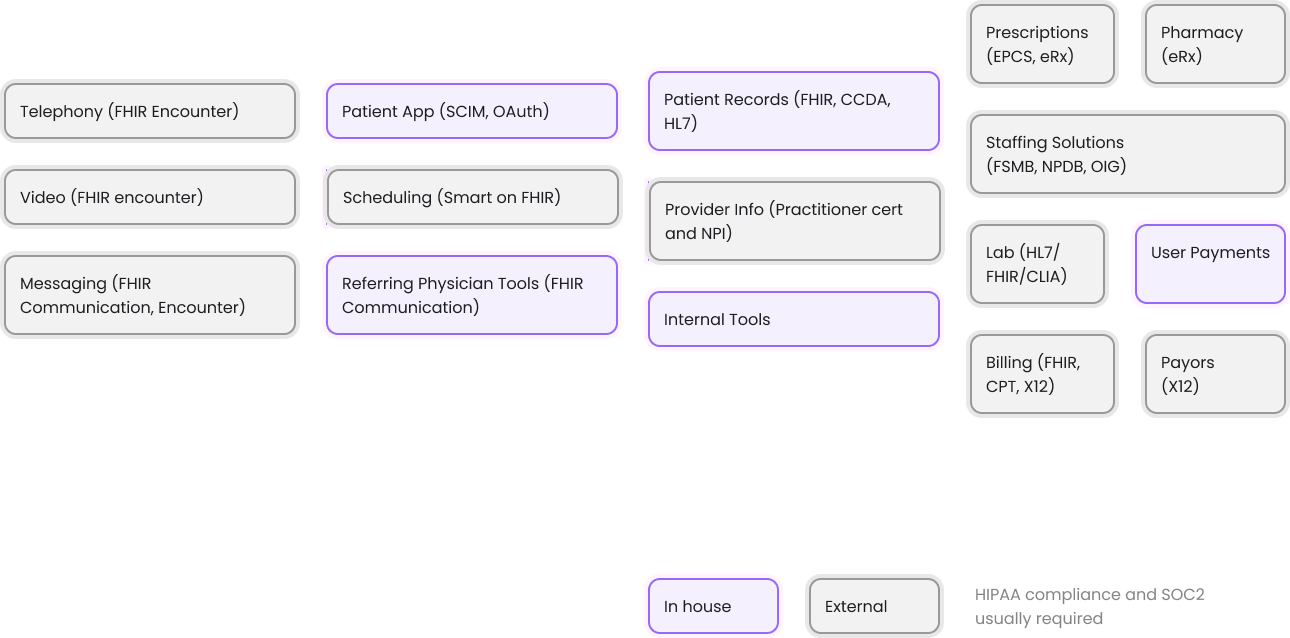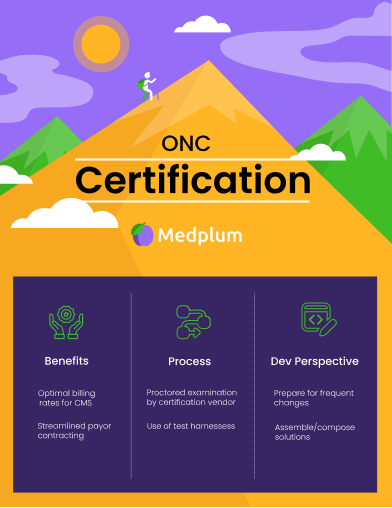Today, we received a thoughtful email from an engineering leader who installed Medplum for the first time:
Cody,
Medplum looks like really cool and I'd like to play with for a digital health company I am helping out.
When I tried to install it I got the following problems:
npm WARN deprecated trim@0.0.1: Use String.prototype.trim() instead
npm WARN deprecated stable@0.1.8: Modern JS already guarantees Array#sort() is a stable sort, so this library is deprecated. See the compatibility table on MDN: https://developer.mozilla.org/en-US/docs/Web/JavaScript/Reference/Global_Objects/Array/sort#browser_compatibility
npm WARN deprecated sourcemap-codec@1.4.8: Please use @jridgewell/sourcemap-codec instead
npm WARN deprecated @npmcli/move-file@2.0.1: This functionality has been moved to @npmcli/fs
npm WARN deprecated rollup-plugin-terser@7.0.2: This package has been deprecated and is no longer maintained. Please use @rollup/plugin-terser
added 3083 packages, and audited 3134 packages in 1m
410 packages are looking for funding
run `npm fund` for details
22 vulnerabilities (9 moderate, 13 high)
To address issues that do not require attention, run:
npm audit fix
Some issues need review, and may require choosing
a different dependency.
Run `npm audit` for details.Have you updated any of these? Please let me know what to do.
Our Response
This is a great question!
By engineering policy, we upgrade dependencies at minimum once per month. In practice, we upgrade dependencies roughly once per week. We are strong believers in staying current, and providing Medplum developers the best version of all tools.
Our last dependencies upgrade was just yesterday, where we upgraded all direct dependencies to latest stable/release versions: https://github.com/medplum/medplum/pull/1789
The dependencies listed in your email are transitive / indirect dependencies. You can use the "npm list" command to see the dependency tree for any given package.
trimandstableare installed indirectly for Docusaurus (by Meta)sourcemap-codecandrollup-plugin-terserare installed indirectly for Workbox (by Google)@npmcli/move-fileis installed indirectly fornpm-check-updates(ironically, the tool that we use to upgrade dependencies)
The dependency warnings, and the output of npm audit in general, is sadly quite flawed. People much smarter than me have written at length about this. For example, I recommend this essay by Dan Abramov, lead engineer on React at Meta, titled npm audit: Broken by Design.
We continue to take dependency management very seriously, and use automation where possible:
- GitHub Dependabot integration is enabled with continuous monitoring and alerts to the Medplum engineering team
- CodeQL scans every PR
- SonarCloud scans every PR
- Snyk scans every Docker image
I'd be happy to discuss further if you have any questions, or if you have any suggestions on how we can do better. Join our Discord!








